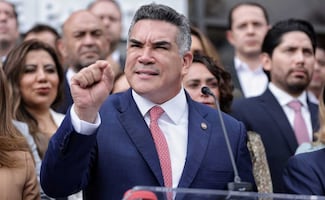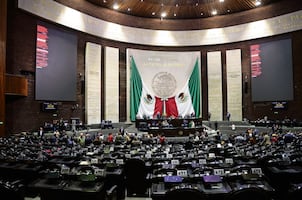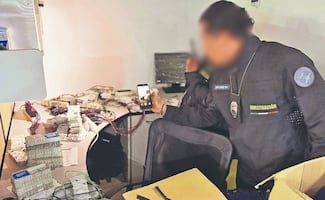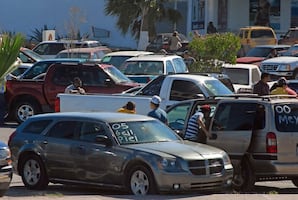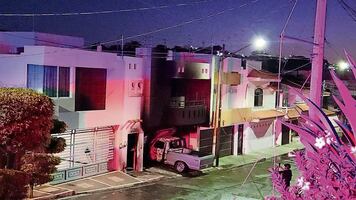One of the 118 elements that make up the Periodic Table was discovered in Mexico. Actually, the discovery happened in both Mexico and Switzerland , though 30 years apart , which sparked controversy in the scientific community at the time.
A well-known professor at the Royal Mining Seminar in New Spain (now Mexico) discovered a new chemical element at the beginning of the 19th century. In the framework of the Periodic Table’s 150th anniversary , we commemorate the life of Andrés Manuel del Río, the first man to discover vanadium, which back then was known as “brown lead.” The scientist found the chemical element at a mine in Zimapán, Hidalgo.
Andrés del Río studied analytical chemistry and metallurgy in Spain, where he was born. He received his bachelor's degree from the University of Alcalá de Henares in 1780. The government gave him a scholarship to enter the School of Mines in Almadén, Spain, where he showed great aptitude.
According to Omar Escamilla, head of the Palace of Mining’s historic archive , “European monarchies founded many mining schools following the Seven Years’ War (1754-1763). In order to recover economically, they relied on mineral exploitation.”
In that context, the Spanish Crown financed the studies of Andrés del Río and other young scientific talents so that their knowledge would eventually result in an economic retribution to their countries of origin.

Photo: File photo/EL UNIVERSAL
Thus, Andrés del Río later moved to Paris, where he studied under the chemist Jean Darcet . He continued his studies in Freiberg, Germany , under the direction of Abraham Gottlob Werner . In Freiberg he got to know Baron Alexander von Humboldt . He then returned to Paris as a student of Antoine Lavoisier . During the French Revolution, Lavoisier, considered the founder of modern chemistry, was executed on the guillotine. Del Río was forced to flee to England. He also collaborated with Abbé René Just Haüy , considered the founder of crystallography.
In 1793, Andrés del Río was named professor at the Royal Mining Seminar in what is now Mexico City, where he taught mineralogy between 1795 and 1805.
In 1801, while examining mineral samples sent to him by the Purísima del Cardenal mine in Zimapán in the state of Hidalgo, del Río arrived at the conclusion that he had found a new metallic element. He prepared various compounds of the element, and observing their diverse colors, he named the element panchromium. Later, on observing that the compounds changed color to red on heating, he substituted the name erythronium for the element. (Erythros means red in Greek.)

Photo: File photo/EL UNIVERSAL
The following year he gave samples containing the new element to Alexander von Humboldt , who sent them on to Hippolyte Victor Collet-Descotils in París for his analysis. Collet-Descotils's analysis found (mistakenly) that the samples contained only chromium. Humboldt, in turn, rejected del Río's claim of the discovery of a new element, and del Río himself concluded his discovery had been an error.
In 1830, however, erythronium became once again a subject for scientific debate. The Swedish scientist Nils Gabriel Sefström had discovered what he thought was a new element that he named “vanadium,” in honor of a Scandinavian goddess.
Europe’s scientific community looked over some old articles on Andrés del Río’s erythronium and found that it was the exact same element. To this date, it is believed that both the Swedish and the Spanish scientists made the same discovery at a different time.
The later texts of Andrés del Río reflect his disenchantment toward life in general. In the final years of his career as professor at the Palace of Mining, there were several disputes related to the course content and student preparation.
Del Río believed that the country’s new regime, Independent Mexico, had little interest in scientific mining and there was an atmosphere of distrust toward theoretical studies. In 1826, during the republican government of Guadalupe Victoria, colonial institutions started to disappear.
Andrés Manuel del Río passed away on May 23, 1849 , according to a biography written by his former student Santiago Ramírez. A plaque with his name was placed at the entrance of the palace.
The last students to know Andrés del Río bid farewell saying: “Although it is true that he was born Spanish, given the quality of his character, his sympathies, the services rendered to Mexico, and his outstanding intelligence, he was, is, and always will be Mexican.”
dm
Noticias según tus intereses
[Publicidad]
[Publicidad]






